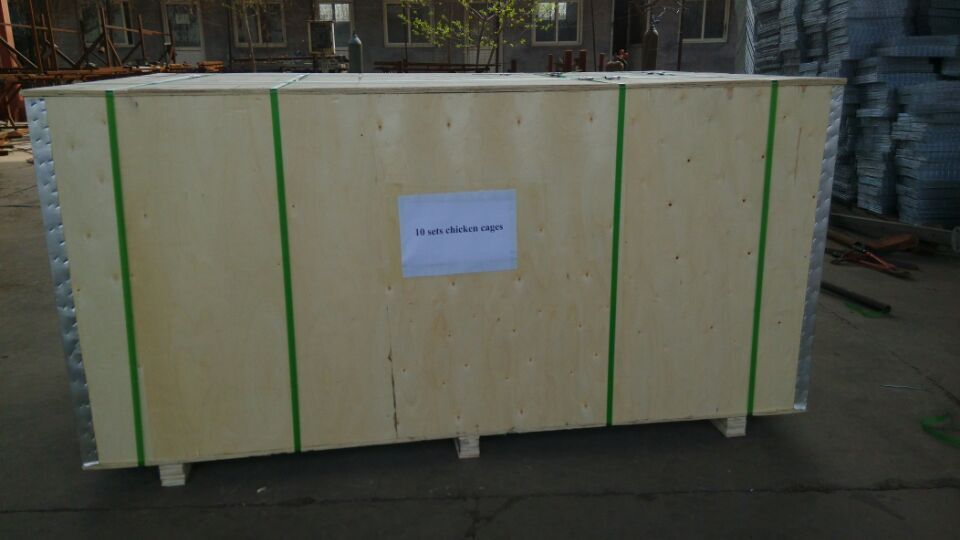Constructing an Ideal Pig Pen for Comfort and Practicality
سېنتەبىر . 28, 2024 20:14 Back to list
Constructing an Ideal Pig Pen for Comfort and Practicality
Building a Pig Pen A Comprehensive Guide
Building a pig pen is an essential task for anyone interested in raising pigs, whether for farming, personal enjoyment, or educational purposes. Pigs are social and intelligent animals that require a safe and comfortable environment to thrive. In this article, we will explore the steps necessary to construct a pig pen, ensuring it meets the needs of these charming creatures while adhering to animal welfare guidelines.
Planning Your Pig Pen
Before jumping into construction, strategic planning is crucial. Start by determining how many pigs you intend to raise and their specific breed. Different breeds may have varying space requirements, so this will influence the size of your pen. Generally, a good rule of thumb is to provide at least 50 square feet per pig.
Next, consider the location of your pig pen. Opt for a flat area that drains well to prevent flooding during rainy seasons. It's wise to place the pen away from any hazardous zones like busy roads or areas with heavy predators. Additionally, consider the proximity to your house or barn for easy access.
Gathering Materials
Once you've established your design and location, it's time to gather materials
. Common materials for pig pens include1. Fencing Strong fencing is crucial for keeping pigs safe and contained. Use sturdy materials like stock fencing, chain link, or hog panels. Ensure the fence is at least four feet high to prevent the pigs from escaping.
2. Posts Use treated wooden posts or metal T-posts to support the fencing. These should be spaced no more than eight feet apart for adequate support.
3. Flooring A dirt floor is often ideal, but if you want to control mud and improve sanitation, consider using concrete or gravel. The flooring should provide good drainage while allowing pigs to dig and root, which is a natural behavior.
4. Housing Pigs need protection from harsh weather conditions. Create a simple shelter using wooden pallets, metal corrugated sheets, or even recycled materials. The shelter should be well-ventilated and insulated to keep pigs comfortable throughout the year.
building a pig pen

5. Feeding and Watering Accessories Invest in sturdy feeding troughs and water containers. Automatic waterers can be a good option to ensure pigs have access to fresh water at all times.
Constructing the Pig Pen
With your materials ready, you can begin construction. Here are the steps to follow
1. Mark the Area Use stakes and string to outline the pen's dimensions. This will help keep the area organized as you work.
2. Install the Fence Set the posts into the ground at the marked points, making sure they are securely fastened. Once the posts are in place, attach the fencing material, ensuring it is tightly secured to prevent any gaps where pigs could escape.
3. Create the Shelter Assemble your chosen materials for the shelter within the pen. Position it strategically to keep the pigs shaded during hot days and protected from wind and rain.
4. Set Up Feeding and Watering Stations Place feeding troughs and water containers in a designated area within the pen. Avoid placing them directly against the fence to reduce the chances of contamination.
5. Add Enrichment Pigs are intelligent animals that require mental and physical stimulation. Incorporate elements such as logs, tires, or play structures to encourage natural behaviors and keep them engaged.
Maintaining Your Pig Pen
Once your pig pen is constructed, regular maintenance is vital for the health of your pigs. Clean the pen frequently to prevent the buildup of manure and debris, which can attract pests and cause health issues. Ensure the water supply is always clean, and check the feed for freshness.
In conclusion, building a pig pen is not just about enclosing the pigs; it is about creating a safe and nurturing environment for them to flourish. By carefully planning, using the right materials, and maintaining the pen properly, you can ensure that your pigs lead happy, healthy lives. Raising pigs can be a rewarding endeavor, and with the right setup, both you and your pigs can enjoy the experience to the fullest.
-
Hot Sale 24 & 18 Door Rabbit Cages - Premium Breeding Solutions
NewsJul.25,2025
-
Automatic Feeding Line System Pan Feeder Nipple Drinker - Anping County Yize Metal Products Co., Ltd.
NewsJul.21,2025
-
Automatic Feeding Line System Pan Feeder Nipple Drinker - Anping County Yize Metal Products Co., Ltd.
NewsJul.21,2025
-
Automatic Feeding Line System - Anping Yize | Precision & Nipple
NewsJul.21,2025
-
Automatic Feeding Line System - Anping Yize | Precision & Nipple
NewsJul.21,2025
-
Automatic Feeding Line System-Anping County Yize Metal Products Co., Ltd.|Efficient Feed Distribution&Customized Animal Farming Solutions
NewsJul.21,2025






